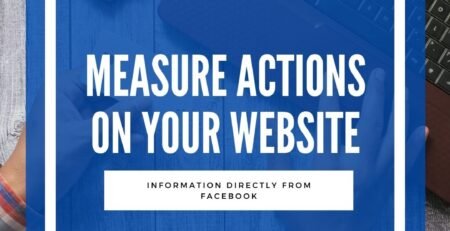Understanding Google Analytics: A Comprehensive Guide for Digital Marketers
In today’s digital landscape, understanding how users interact with your website is essential for optimizing your online presence and achieving business objectives. Google Analytics is a powerful tool that provides invaluable insights into website traffic, user behavior, and conversion metrics. In this comprehensive guide, we’ll explore how to leverage Google Analytics effectively to track and analyze these key metrics, with actionable insights for digital marketers.
1. Setting Up Google Analytics
Before diving into analytics data, it’s crucial to ensure that Google Analytics is properly set up on your website. Follow these steps to get started:
– Create a Google Analytics account and obtain your tracking ID.
– Install the tracking code on all pages of your website.
– Set up goals and e-commerce tracking to measure conversions effectively.
2. Tracking Website Traffic
Understanding where your website traffic comes from is essential for optimizing your marketing efforts. Google Analytics provides insights into:
– Traffic sources: Organic search, direct, referral, social, and paid.
– Audience demographics: Location, language, device, and browser.
3. Analyzing User Behavior
To understand how users interact with your website, focus on the following metrics:
– Bounce rate: The percentage of single-page sessions.
– Session duration: Average time users spend on your website.
– Page views: Number of pages viewed per session.
– Behaviour flow: Visualisation of user navigation paths.
4. Measuring Conversion Metrics
Tracking conversions allows you to assess the effectiveness of your marketing campaigns. Key conversion metrics to monitor include:
– Goal completions: Actions that contribute to your business objectives, such as form submissions or product purchases.
– E-commerce transactions: Revenue generated from online sales.
– Conversion rate: The percentage of visitors who complete a desired action.
5. Actionable Insights for Digital Marketers
Armed with data from Google Analytics, digital marketers can make informed decisions to improve website performance and maximize ROI. Here are some actionable insights:
– Identify high-performing pages and optimize content to drive more traffic and conversions.
– Analyze user flow to identify friction points and optimize the website navigation experience.
– Use demographic and interest data to tailor marketing messages and target specific audience segments effectively.
By leveraging Google Analytics to track website traffic, user behaviour, and conversion metrics, digital marketers can gain valuable insights to inform their strategies and drive business growth.
🌐 Sources
1. [Understanding How to Track Blog Traffic In Google Analytics – Delivered social](https://deliveredsocial.com/top-tips-for-understanding-how-to-track-blog-traffic-in-google-analytics/)
2. [User Behaviour Definition & Meaning – Terms feed](https://www.termsfeed.com/dictionary/user-behavior-definition/)
3. [The Ultimate Guide to Google Analytics in 2023 – HubSpot](https://blog.hubspot.com/marketing/google-analytics)
4. [Conversion Metrics To Measure & Track – Klipfolio](https://www.klipfolio.com/resources/kpi-examples/digital-marketing/online-conversions-metric)
🛈 You may also be interested in SEO Tips for WordPress













Leave a Reply